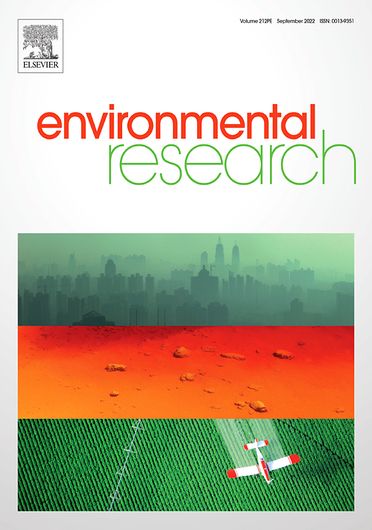An assessment of climate change impacts on water sufficiency: the case of Extended East Rapti Watershed, Nepal
Abstract
An understanding of water sufficiency provides a basis for informed-planning, development and management of water resources. This study assessed spatio-temporal distribution in water sufficiency in the Extended East Rapti watershed in Nepal. The “Palika” (local government unit) is considered as a spatial-scale and seasons and future periods as temporal-scale. The water sufficiency was evaluated based on water sufficiency ratio (WSR) and water stress index (WSI). A hydrological model was developed to simulate water availability. An ensemble of multiple Regional Climate Models was used for assessing climate change impacts. Results showed water sufficiency by mid-century is projected to decrease; WSR by 40% and WSI by 61%. Despite projected decrease in water sufficiency, annually available water resources are projected as sufficient for the demands until the mid-century, however, seasonal variability and scarcity in future is projected in most Palikas. Such results are useful for water security planning in the Palikas.

